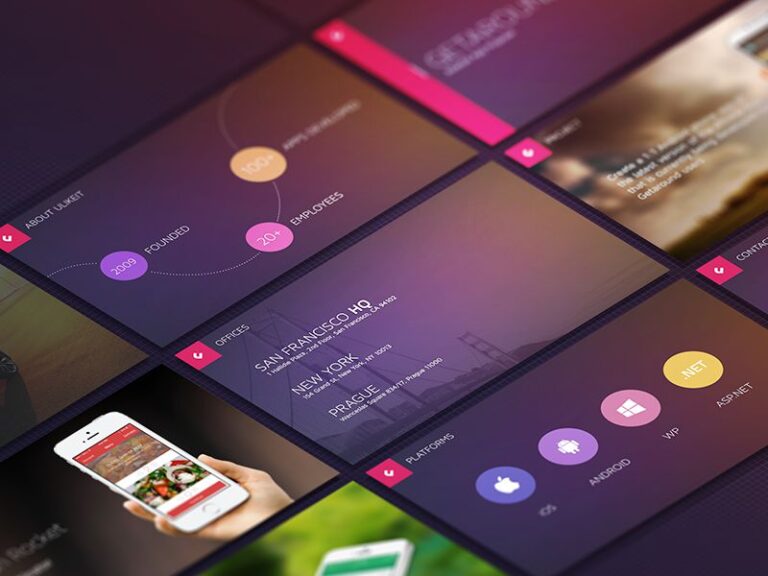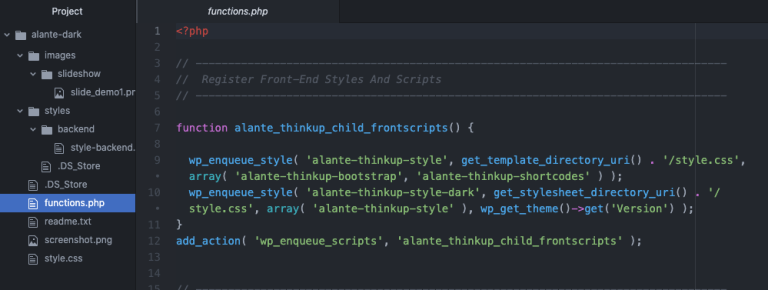Learn about the Integrated Development Environment (IDE), an essential part of the developer’s toolkit. An IDE is a piece of software that provides new programmers with all the tools they need to develop, debug and manage applications. This includes code editors, source control systems, and more!
Here are some benefits you might be looking for in an IDE:
- A code editor that provides an interface for the management of source code.
- A code editor that highlights syntax and allows you to easily edit, save and compile your programs.
- Developing software is hard work. You want an IDE that helps you stay organized by letting you create projects, organize source files and even control your build process.
- Developing software is also a social activity. You want to be able to share code with other programmers and collaborate online using an IDE.
- An IDE can help you automate repetitive tasks like compiling and testing your software. You might also want to use an IDE’s advanced debugging features to find and fix bugs in your code.
What Is an IDE?
Table of Contents
An IDE (which stands for Integrated Development Environment) is a software application that allows developers to write, debug and test code for multiple programming languages.
An IDE is an application that helps to facilitate software development. It offers a code editor, compiler, and debugger in one application, making programming easier. In addition, many IDEs also include features like syntax highlighting and code completion.
IDEs are popular among developers because they make coding faster and easier. By merging many different tasks into a single application, an IDE can help you be more productive and write better code. Additionally, IDEs often offer plugins that add features and flexibility, making them customizable to your needs. If you’re looking for a way to write code faster, then an IDE is your tool!
Editing Source Code
Programmers use an IDE to write code, which is a set of instructions that tell a computer what to do. We write code in a particular language, such as Java or Python. An IDE provides autocomplete for keywords in the language and features like syntax highlighting, which makes it easier to read the code.
Building Executables
To turn source code into an executable, we need a compiler. The compiler converts our code into machine code that can run on a specific platform.
An IDE typically includes the compiler for the language we’re using, as well as other tools necessary for development, such as debuggers and profilers.
Most compilers are designed to work with a specific IDE or editor. When we’re compiling from the command line, makefiles can provide instructions to the compiler about how to build the executable. Many programmers prefer using an IDE over makefiles because it provides all of the necessary tools in one place and eliminates incompatibility issues between different compilers and target platforms.
However, IDEs are not essential to programming and some developers prefer managing makefiles over more traditional IDEs.
Debugging and Testing
Integrated Development Environments are also tools that ease the debugging process. The IDE provides hints to prevent errors before compilation. Additionally, it may provide automated debugging, bug finders, breakpoints, or visual and interactive debugging features. An IDE can help with testing by providing tools such as a test terminal and profiler.
Why Do Developers Use IDEs?
When you code, there are a few different things that you need in order to be successful. You need the right tools, the right environment, and the right mindset. All of these factors are important, but perhaps none is more important than your choice of a development environment. Let’s discuss why using an IDE can help you write code faster and more efficiently.
IDEs provide many useful resources and shortcuts that can make development easier and faster. For example, they often include built-in debuggers, syntax checkers, and code generators. They often offer extensive support for collaboration, which can help speed up production by making it easier for multiple developers to work on the same project simultaneously.
Additionally, IDEs can detect errors in your code as you write it and provide real-time feedback to help you fix them quickly. Finally, they often include utilities for creating drivers and other special-purpose applications.
What Are the Advantages of Integrated Development Environments?
What can you expect to gain from all these features? Integrated Development Environments offer many benefits, but here’s the bottom line:
- IDEs make development faster, easier, and more efficient.
- IDEs provide many useful resources and shortcuts that would otherwise be manual processes.
- Integrated Development Environments help speed up production by supporting collaboration.
- IDEs can detect, correct, and warn of errors in code as you write it.
- Many IDEs now have cloud-based versions, which makes it easier for developers to work remotely or on a laptop without installing an application.
- Some IDEs allow the user to customize their own workspace in order to match their preferences and needs (i.e. for mobile app development).
What Are the Disadvantages of IDEs?
Although IDEs offer many benefits, they also have some disadvantages. For example:
- A lot of IDEs are complex for beginners.
- There are many different IDES specifically tailored to different types of programming languages, making the time investment of learning all that complexity a difficult choice.
- Because an IDE does so much more than a regular text editor, it can consume more system resources during usage and slow your system down.
- It’s hard to keep up with constant updates.
As you can see, the disadvantages of an IDE typically involve the need to manage the additional complexity they introduce. Whether that complexity adds enough value to make you more productive will be up to you and your development needs.
Types of IDEs
There are many different types of IDEs, depending on the code you’re creating. Multi-language IDEs and those customized for mobile or web apps are two divergent examples. There are also different IDES for specific languages like Python, Java, C#, and SQL.
Cloud-based IDEs allow you to use a familiar IDE setup on any device. Additionally, there are IDEs made by Apple and Microsoft specifically for development on those respective platforms.
What Are the Best Multi-Language IDEs?
One of the most popular IDE types is the multi-language IDE.
- Visual Studio Code is a popular IDE widely used in web development and comes with broad language support. It also includes a rich marketplace of extensions you can add to the environment.
- NetBeans is another open-source option that supports mobile apps, desktop apps, and web applications.
- Komodo is a cross-platform IDE that has a premium option. It supports many languages, including Python, PHP, Perl, GoLang, Ruby, and C#.
What Are the Best Mobile Development IDEs?
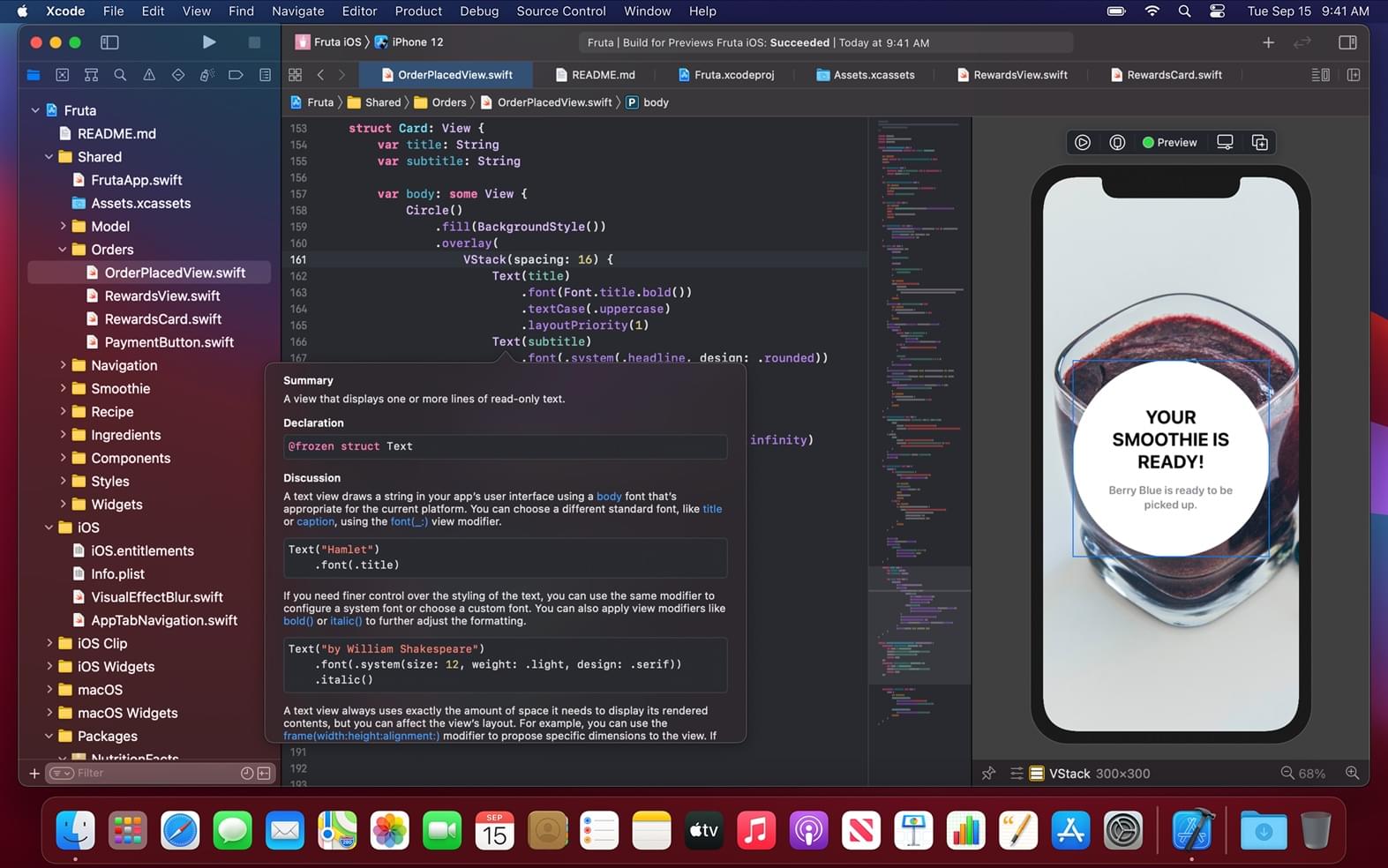
There are a few different IDE options to choose from when it comes to mobile app development. The first decision you’ll need to make is which platform you plan to target with your app.
Even if you’ve settled on a specific platform, we recommend using an IDE that provides cross-platform support for multiple platforms for future flexibility. For example, Eclipse and IntelliJ IDEA both offer this capability.
Mobile app development is on the rise, and every organization should be building apps. In order to reach as many users as possible, you’ll need a cross-platform IDE to develop for all three major platforms (Android, iOS, and web).
- Xcode is only used to develop Apple products (such as macOS, iOS, and watchOS devices), which use Swift, Objective-C, and C++ languages.
- Android Studio is the official Android IDE created for Java and Kotlin coding; it offers great support for developing Android apps.
- IntelliJ IDEA was created with intelligent coding in mind — it helps users stay focused on their work while providing powerful features.
What Are the Best Cloud-Based IDEs?
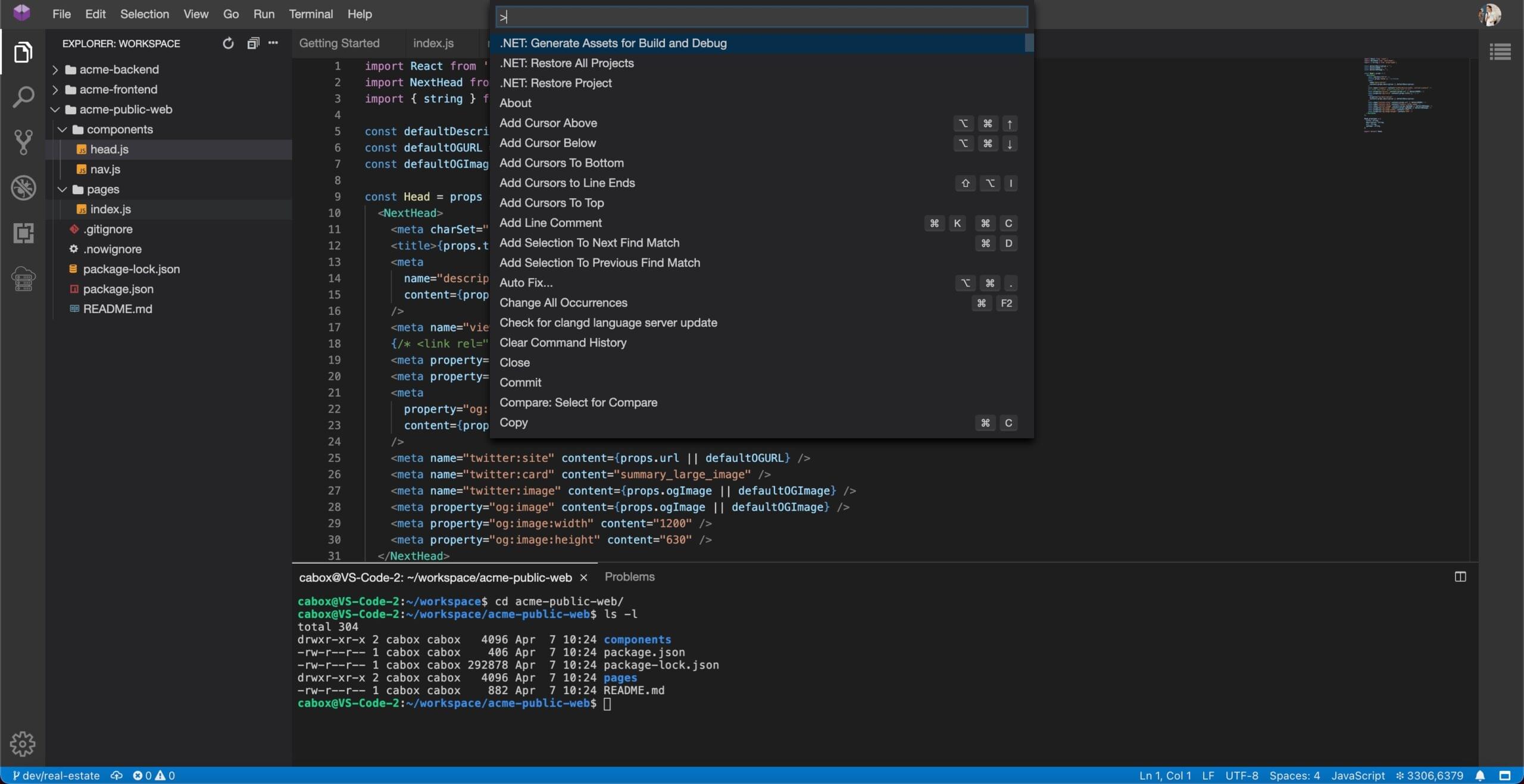
Cloud-based IDEs give you the ability to code from anywhere. There are many different cloud-based IDEs, but some of the most popular ones include Cloud9 and CodeTasty. These two IDEs offer different capabilities
- Cloud9 is a cloud-based IDE designed to support collaborative programming within teams.
- Codeanywhere is focused on being a feature-complete replacement for
- CodeTasty is designed to be a simple yet easy-to-use cloud IDE.
Specific-language IDEs
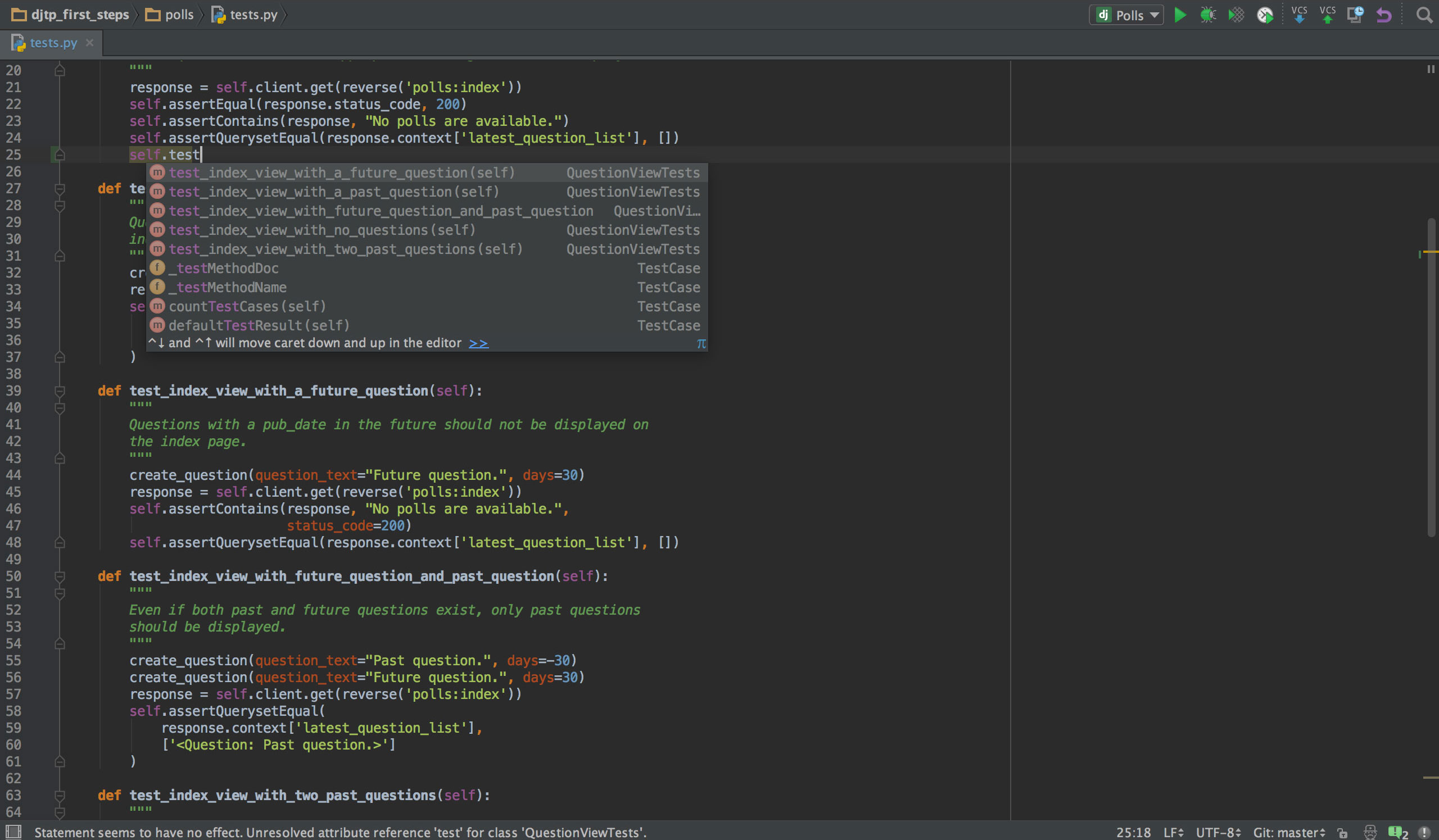
IDEs that are made for different languages help out with features specific to that language.
- Java developers might want to use an IDE like Eclipse or IntelliJ.
- Python developers might want to try PyCharm. This IDE offers excellent support for Python coders, complete with smart code completion, static analysis, on-the-fly error checking, and more.
There is an IDE for just about any language you need!
There are many different types of IDEs, but they all typically have the same features. For example, most IDEs include a text editor, compiler/interpreter, debugger and build system. Additionally, IDEs often have:
- A project view that shows all the files in the project and their relative location
- An outline view that shows the structure of the code in a tree-like format
- A navigation bar that helps you quickly move around your codebase
Essential IDE Features
The IDE is one of the most important tools for developers. Since it’s a solution that brings all of the tools needed for software and application development under one roof, there is often a high personal cost to switching.
IDEs offer many benefits to developers, including the ability to automate tasks and integrate code environments with other relevant tools. They also provide a centralized location for all of the necessary development tools. This allows teams to work within one environment and write, test, and deploy code more effectively.
Code editor
The code editor is the most important feature of an IDE.
A code editor combines text editing, syntax highlighting, auto-complete, bracket matching, and syntax checking features to make writing code easier.
Visual navigation tools make the editing process much easier as they provide a map of the project’s structure that helps you quickly move around in your source files.
Code editing features make writing and editing code more efficient by visually representing the code in an intuitive way — coding is easier with these features because they help you see how the different parts of your program fit together.
It should be easy for programmers to use common Emacs and Vim key combinations, as these are familiar to many programmers. The IDE should also include editor emulation modes so that programmers accustomed to working with some other platform can still use the same key combos they’ve already learned.
Syntax highlighting
The IDE editor usually provides syntax highlighting, which is a feature that makes it easy to identify the different elements of a programming language. This is helpful when you are trying to write code or edit existing code.
Code completion
Code completion allows you to quickly enter commonly used code snippets by providing a list of possible completions for the current cursor position.
Intelligent code completion is an essential tool for programmers as it suggests possible completions for statements or expressions as they are typed.
Refactoring
Refactoring allows you to make changes to your code without breaking it. For example, you can rename a variable or method without affecting how the code works.
Version control
Version control allows you to track changes made to your code over time and merge changes from multiple developers working on the same project.
Debugging
Debugging features help you to find and fix errors in your code before releasing it into production.
Code analysis tools can help to find bugs, as well as source code refactoring tools that make it easier to update code without breaking it or introducing new bugs into the application.
Code linting
Linting is the process of catching errors, and many IDEs can do that based on a rudimentary schema of expected syntax.
A great IDE suggests fixes for errors in your code as auto-corrections. The IDE should suggest fixes based on programming language specifications. Automated corrections in an IDE can save a lot of manual work.
Code correction
IDEs suggest fixes based on the way the language works in real life. This can save a lot of time, but can also break projects if applied incorrectly.
Project awareness
IDEs provide a number of features that can help you with awareness of your project’s overall picture. For example, they can bundle code and assets together so that when you’re ready to publish, it’s all in one place.
They can also abstract the structure of your code and its libraries, which gives you a better understanding of how everything is connected. This granularity is important because it depends on your own skills: the more experienced you are, the more detailed information you’ll need about your project in order to work effectively.
Another helpful feature for developers is powerful search abilities to surface files, libraries, and assets from directories when starting or working on a project. This makes it easy to find what you need and speeds up the development process.
Environment awareness
In order to be an effective developer, it is important to be aware of the environment in which your code will run.
For example, you need to know what operating system and hardware platform your code will be used on. You also need to understand the dependencies that your code has on other libraries and software. In some cases, you may need to build your code specifically for a certain environment (such as a particular version of Windows or Linux).
An IDE can help manage different versions of tools. Integration of development workflow tools makes the IDE more powerful and efficient for developers.
An IDE typically manages the build process and helps ensure consistent results between builds. The compiler, linker, etc., are software building tools are used in conjunction with other build-related aspects of development such as packaging and deployment.
Your code-editing application should also offer some features that make the process of compiling and launching a debugger more convenient.
How to Find a Good IDE
When you’re just starting out in development, it can be tough to know which Integrated Development Environment (IDE) is right for you. With so many different options available, it can be hard to decide which one will make your coding experience the best. Here are a few tips to help you find the IDE that’s perfect for you:
- First, think about what languages you want to use. Different IDEs support different languages, so make sure the IDE you choose supports the ones you’re most comfortable with.
- Second, consider how comfortable you feel with using an IDE. Some IDEs can be quite overwhelming when you’re first starting out; if you’re not confident in your abilities yet, try a less complicated option until you feel more comfortable.
- Finally, take the time to try out a few different IDEs before settling on one. Every developer has their own preferences, and chances are good that you won’t love every IDE out there. Try out a few until you find one that feels like home.
There are a few things you need to take into account.
- How comfortable are you with the interface?
- Is the IDE easy enough to use that you won’t get frustrated and give up?
- Does it come with all the features you need?
- Will it work with the language or languages you want to use?
One of the most important factors is how familiar you are with the interface. If it’s something that feels overwhelming or difficult to navigate, chances are you’re not going to stick with it for very long.
Look for an IDE that has a user-friendly interface and plenty of helpful tutorials if needed.
Another thing to consider is whether or not the IDE comes with all of the features you’ll need. While some IDEs offer more features than others, most have everything from code completion tools and syntax highlighting to debugging capabilities and version control integration. And of course, it’s important to make sure that your chosen IDE supports your desired programming language(s).
Check for specific features that are unique to a certain IDE. For example, if there’s one thing PyCharm does well, it’s Python development!
Use an IDE to Code Faster & Easier
An IDE makes coding more efficient by providing support for syntax highlighting, code completion, project management, and much more. By using an IDE, you can speed up your workflow and focus on the task at hand.
If you’re looking for a development environment because you want to write better code faster, consider signing up for a free SitePoint account. You’ll be able to access some of the SitePoint Premium library‘s most comprehensive coding resources even without a subscription.
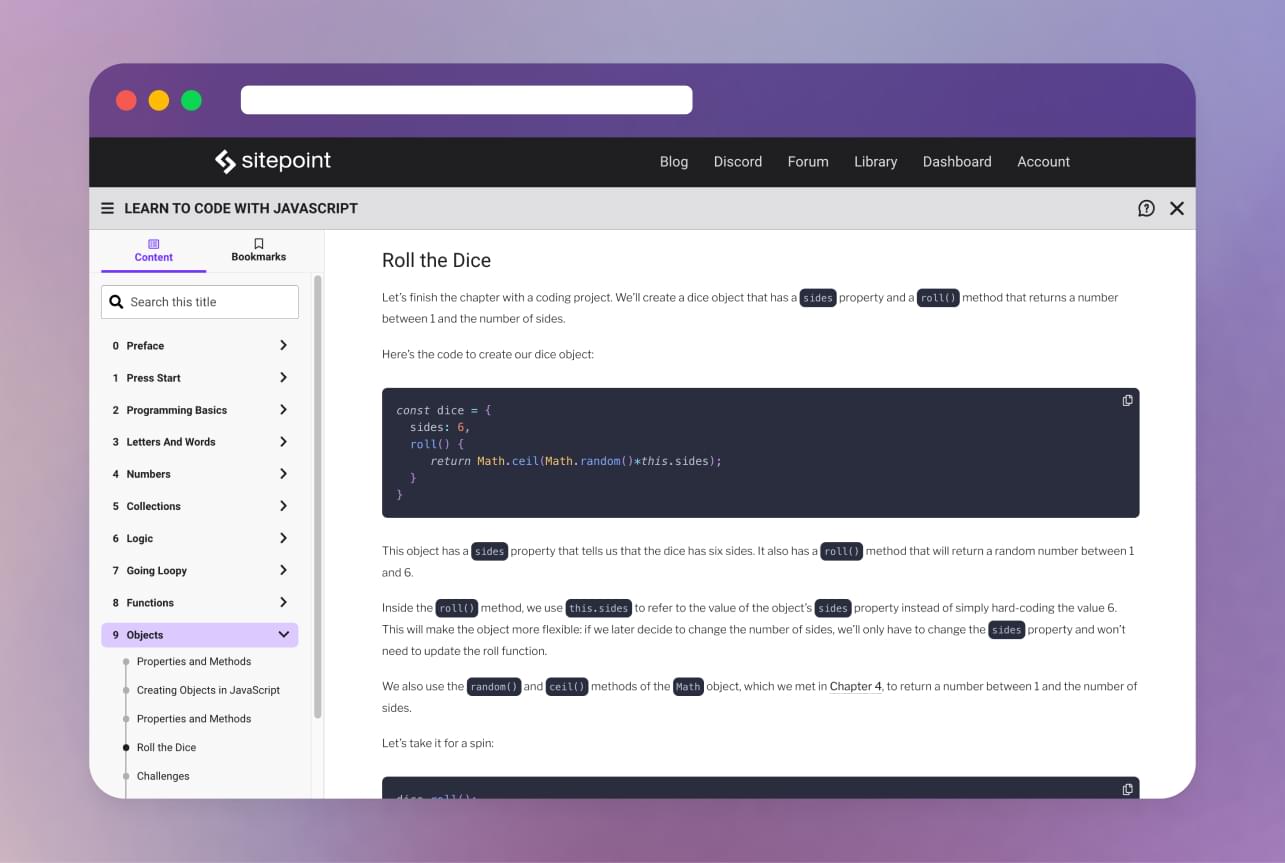
For example, Learn to Code with JavaScript is an excellent way to learn to code while also learning JavaScript. You’ll learn core development skills over 15 sections that are as comprehensive as they are breezy.
With access to a large collection of high-quality books and courses, you’ll be well on your way to becoming a proficient web developer.





